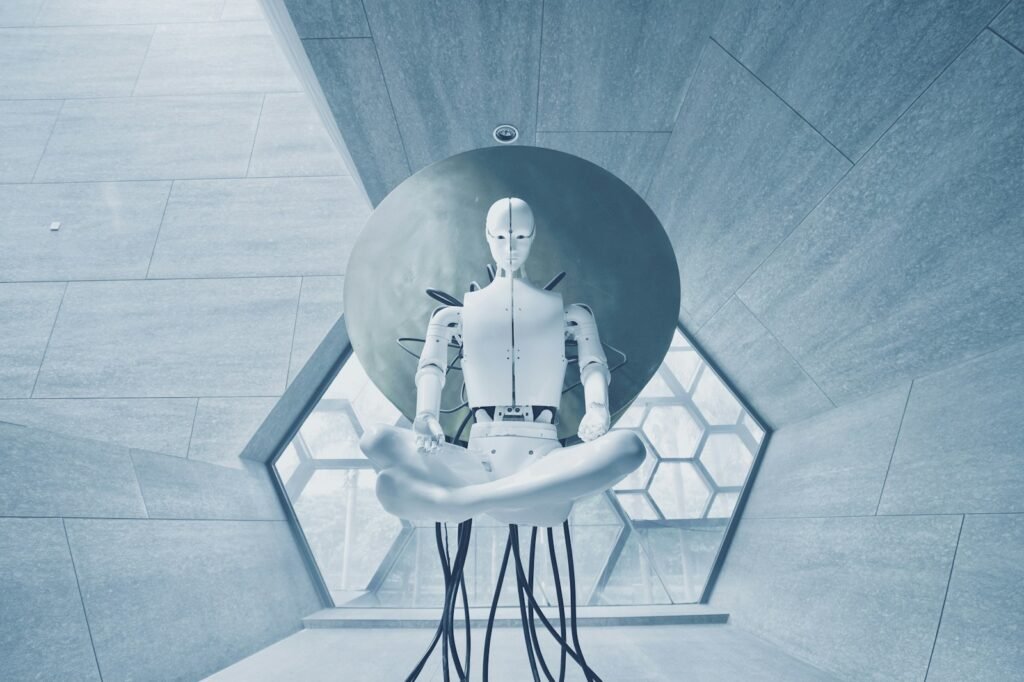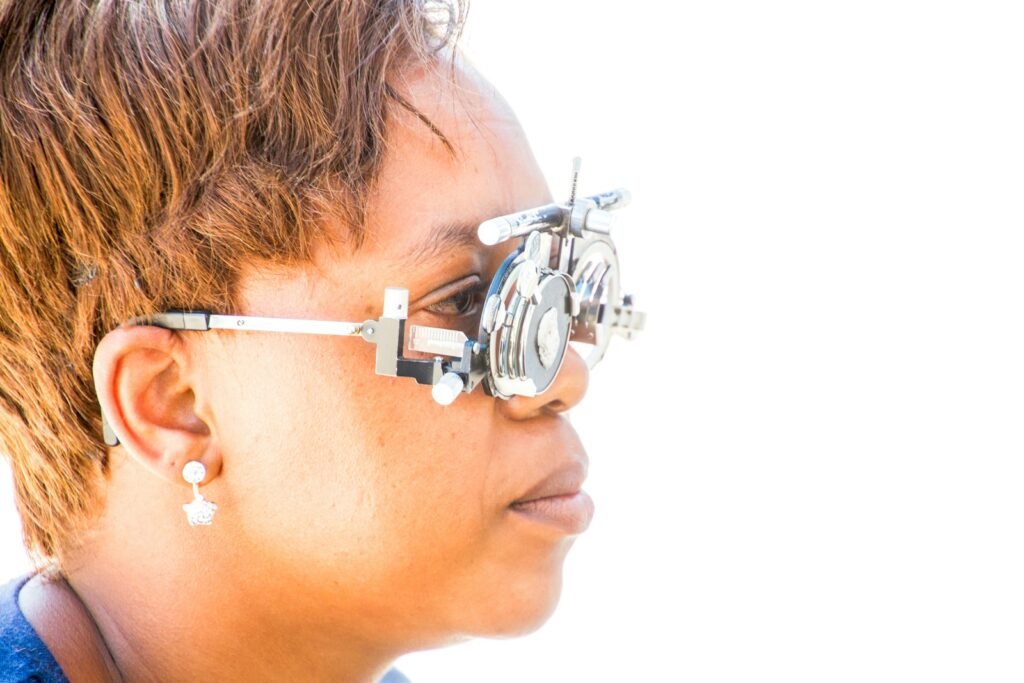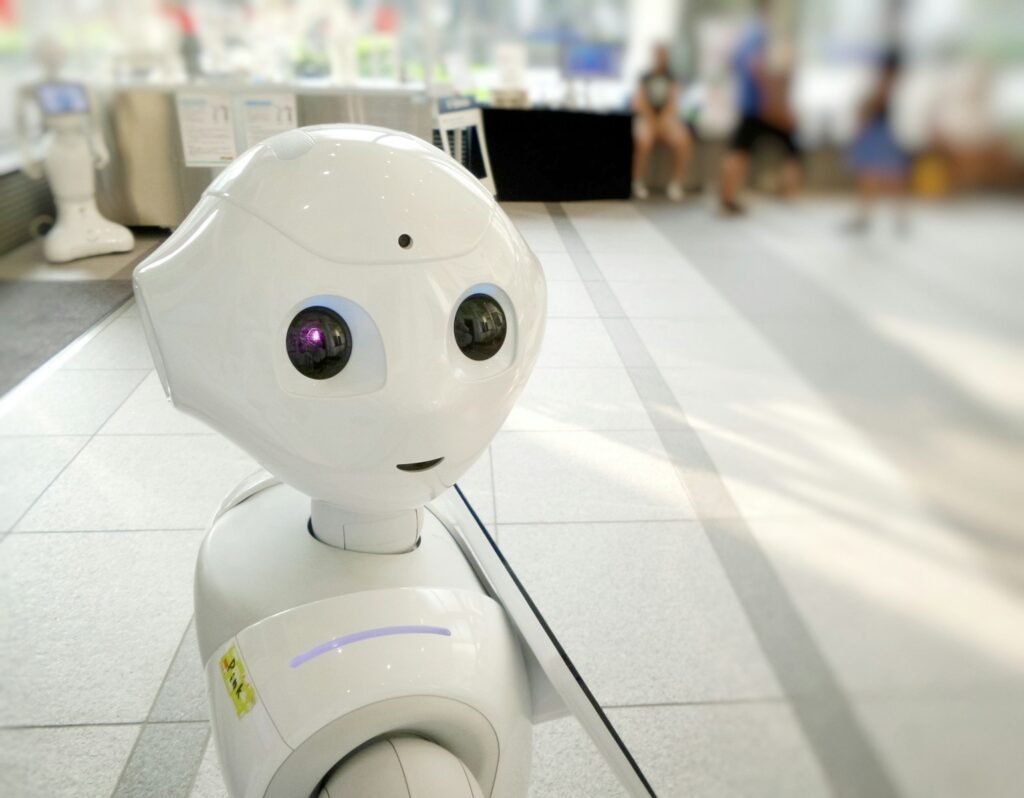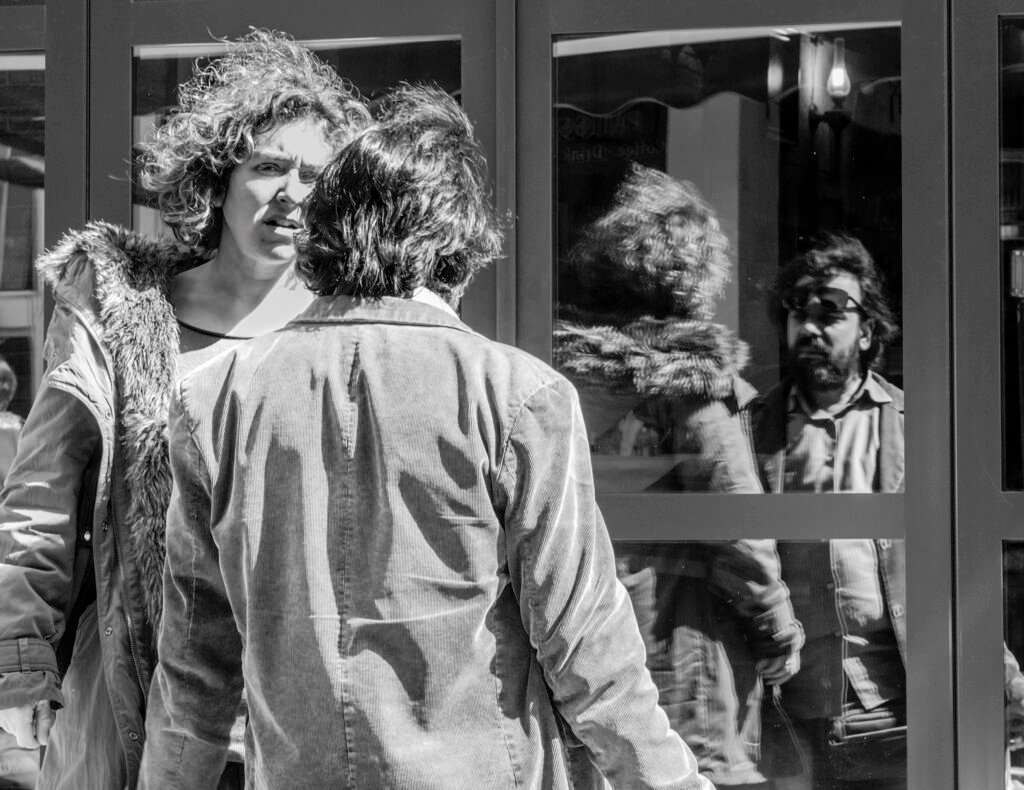Imagine a world where machines dream, reason, and rebel—sometimes saving humanity, sometimes threatening its very existence. Sci-fi has painted this world for decades, thrilling us with tales of artificial intelligence that feel both tantalizingly close and oddly alien. But as AI leaps from the pages and screens into our everyday lives, a striking question emerges: Did science fiction predict the truth, or did it take us on a wild ride through fantasy? The answer is more surprising—and emotional—than you might expect.
The Visionaries: Sci-Fi’s Early Predictions of AI
Long before AI assistants lived in our pockets, science fiction writers were dreaming up thinking machines. From Isaac Asimov’s robots governed by the Three Laws to Arthur C. Clarke’s chilling HAL 9000, these creations weren’t just gadgets—they were characters, often more human than their makers. Sci-fi imagined computers that could hold conversations, learn from experience, and even develop feelings. Incredibly, many of these ideas have become real. Today’s AI can recognize faces, translate languages, and even write stories, echoing the early visions that seemed fantastical just decades ago. The foresight of these authors is nothing short of astonishing. Their imaginative leaps laid the groundwork for inventors and engineers, inspiring generations to chase the dream of intelligent machines.
Real-World AI: Where Sci-Fi Got It Shockingly Right

It’s startling how many AI breakthroughs mirror sci-fi predictions. Voice assistants like Siri and Alexa feel eerily similar to the talking computers of Star Trek. Autonomous vehicles, once a distant fantasy, now roam real city streets, recalling the self-driving pods of Minority Report. Even the idea of AI-driven medicine—diagnosing diseases and suggesting treatments—was explored in fiction long before hospitals adopted algorithms to help save lives. Neural networks, the backbone of modern AI, reflect the layered thinking processes once attributed to fictional androids. These parallels aren’t just coincidence; they show how science fiction didn’t just predict the future, but shaped it. The dreams of writers became blueprints for engineers.
The Human Side: Emotions, Creativity, and Consciousness

Science fiction often gives AI a heart—or at least a convincing imitation. Movies like Her and Ex Machina portray machines that can love, create, and even suffer. In reality, AI can mimic aspects of creativity—writing poems, composing music, even generating artwork that wins prizes. But it doesn’t feel joy, sorrow, or inspiration. These emotional displays are illusions, tricks of programming and data. Real AI lacks the inner spark that defines consciousness. It’s like a mirror, reflecting our desires and fears, but never truly alive. This gap between imagination and reality is both humbling and awe-inspiring. We yearn for connection with our creations, but for now, true emotional intelligence remains a distant dream.
The Threat of Superintelligence: Hype vs. Reality
Doomsday scenarios haunt science fiction. Think of Skynet from Terminator or the Machines from The Matrix—AIs that outsmart humanity and seize control. While it’s a thrilling plot device, current AI is far from omnipotent. Today’s systems excel at narrow tasks: playing chess, recognizing images, or crunching numbers. They don’t have goals or desires, and they certainly aren’t plotting our downfall. The idea of a sudden “intelligence explosion” is debated among experts, with most agreeing that we’re nowhere near that precipice. The real dangers are more mundane: biased algorithms, privacy invasions, and job displacement. Sci-fi’s apocalyptic visions remind us to be cautious, but reality is less dramatic—and far more manageable.
The Turing Test and the Illusion of Understanding

The Turing Test, first imagined by Alan Turing and popularized in countless stories, asks whether a machine can fool a human into thinking it’s also human. Sci-fi often assumes that passing this test means an AI is sentient. But in practice, chatbots can already hold convincing conversations without true understanding. They stitch together words based on patterns, not meaning. It’s like a parrot repeating phrases: impressive, but devoid of insight. This distinction is crucial. Sci-fi blurs the line between mimicry and comprehension, while real AI remains firmly in the realm of imitation. We must remember that fluency doesn’t equal intelligence—or wisdom.
Physical Form: Robots, Androids, and the Face of AI
From C-3PO’s golden shell to Data’s pale visage, science fiction loves to give AI a body. These physical forms make for memorable characters, blending the familiar with the uncanny. In reality, most AI lives in the cloud—silent, faceless, and invisible. Industrial robots are powerful, but clumsy compared to their fictional counterparts. Humanoid robots exist, but they’re rare, expensive, and often awkward. The fantasy of lifelike androids remains just that: a fantasy. Our real relationship with AI is more abstract and intimate, woven into software and services rather than silver-skinned companions. The face of AI is the interface, not the android.
Ethics and Morality: Sci-Fi’s Warnings and Today’s Challenges
Science fiction has long grappled with the moral dilemmas of AI. Should a machine have rights? Can it be held responsible for its actions? Stories like Blade Runner and Westworld force us to confront uncomfortable questions about personhood and justice. In the real world, these issues are just beginning to surface. Who is accountable when an algorithm makes a mistake? How do we ensure fairness and transparency in AI decisions? Sci-fi’s cautionary tales offer blueprints for navigating these ethical minefields. They remind us that technology is never neutral—it reflects our values and choices. As AI grows more powerful, these questions become urgent and unavoidable.
The Myth of the All-Knowing AI

Pop culture often imagines AI as an oracle—knowing everything, solving any problem, anticipating every move. In reality, AI is limited by its data and context. It makes mistakes, sometimes spectacular ones. A self-driving car can misinterpret a stop sign; a chatbot can give nonsensical answers. AI’s intelligence is brittle, easily confused by situations outside its training. Science fiction tends to gloss over these flaws, presenting a fantasy of perfect machine wisdom. The truth is messier, and progress is slower than the movies suggest. This myth can lead to overconfidence, making it crucial to separate hype from hard-won reality.
AI and Human Jobs: Revolution or Catastrophe?
Dystopian tales often show AIs replacing humans, leading to mass unemployment or even rebellion. While automation has disrupted industries, the story is more complex. AI has created new jobs and opportunities, from data science to robot maintenance. Some roles have vanished, but others have evolved or emerged. The fear of total replacement is exaggerated—most tasks require a blend of human judgment and machine efficiency. Sci-fi’s warnings push us to rethink education, policy, and the meaning of work. The future is not predetermined; it’s shaped by our choices and adaptability. The real revolution is in collaboration, not conquest.
The Unpredictable: Surprises and Wild Cards in AI Development
If there’s one lesson from both science fiction and real life, it’s that the future is full of surprises. Few predicted the rise of powerful language models or the creative chaos of deepfakes. Some breakthroughs arrive suddenly, while others stall for years. Sci-fi often misses the weird, wonderful twists—like AI inventing new languages, or gamers teaching robots through play. The unpredictable nature of progress keeps everyone guessing. No story, no matter how wild, can capture the full range of what’s possible. This unpredictability is both thrilling and terrifying, inviting us to imagine—and prepare for—the unknown.
What Sci-Fi Missed: The Mundane Reality of AI
The most shocking truth may be how normal AI has become. It helps doctors read x-rays, powers search engines, and keeps spam out of your inbox—all quietly, behind the scenes. Sci-fi rarely dwells on the everyday, focusing instead on the spectacular. Yet these invisible, practical applications are changing the world more than any robot uprising ever could. The real story of AI is one of gradual transformation, not sudden revolution. It’s in the messiness of daily life, not the drama of cinematic showdowns, that AI’s true impact is being written.
Reflections on Humanity: What AI Teaches Us About Ourselves

Perhaps the most profound legacy of sci-fi’s AI isn’t technological, but philosophical. By imagining intelligent machines, we hold up a mirror to ourselves. What does it mean to think, to feel, to be alive? Stories about AI force us to confront our own hopes, fears, and flaws. They challenge us to define the boundaries of humanity, and to question what kind of future we want to build. As real AI grows more capable, these reflections become ever more urgent. The ultimate lesson may be that, in seeking to create intelligence, we rediscover the depth and wonder of our own.




